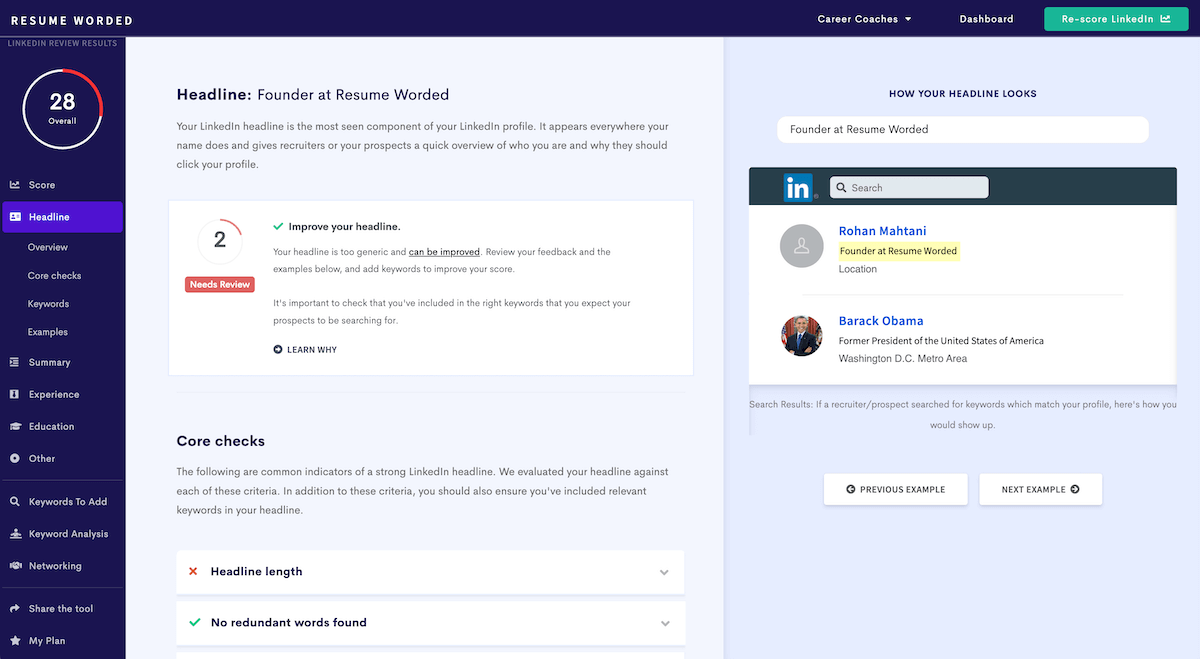First impressions count. That’s why the way you introduce yourself over email is so important — it sets the tone for the way the other person is going to see you. A good introduction can build credibility and distinguish you from a random stranger, while a bad one could ensure the rest of your message never even gets read.
Tips for email introductions
- Keep it short
Nobody wants to read a paragraph-long introduction about who you are before they know what you want. The shorter your introduction is, the better — think a 1-2 line elevator pitch. - Don’t get complicated
Simplicity is key. You don’t need an eye-catching opening line or gimmick — just say what you want to say. “I’m Name, I work at Company, here’s a link to my LinkedIn profile” is perfectly sufficient on its own. - Pay attention to your subject line
The first thing people pay attention to in an email is the subject line, so make yours descriptive. It should be under ten words and give the recipient some idea of what to expect in the email itself. - Address the recipient
This is the easiest way to show that you’re reaching out with intent and not just blindly messaging people. In most cases, a casual greeting like “Hey” or “Hi” and using the recipient’s first name is fine; save “Dear Mr X” for situations where formality is expected or required. - Build a connection
If you already have a connection with someone — like you’ve met before in passing, were referred by a mutual contact, or share an alma mater — mention that upfront. Otherwise, mentioning how you found somebody and the reason you’re messaging them can go a long way. Try lines like “I’m a long-term customer of yours” or “Your recent article on employee engagement really resonated with me.” - Make an impression
If there’s something about you that’s likely to resonate with people — for example, if you work at a big-name company, have an impressive job title, or are working on a cool-sounding project — that definitely belongs in your elevator pitch and should be part of your introduction. - If you’re unemployed
If you’re not sure what to say about yourself — particularly if you’re currently unemployed — you can always reference a past job or achievement. Introductions like “I’m a data scientist who worked at …” or “I’m an aspiring events coordinator who organized …” are good places to start. - Be clear about what you want
Above all, don’t leave people wondering why you messaged them in the first place. If you just wanted to introduce yourself, say that! If you’re hoping for something more — like a job or an informational interview — it’s okay to indicate that upfront.






